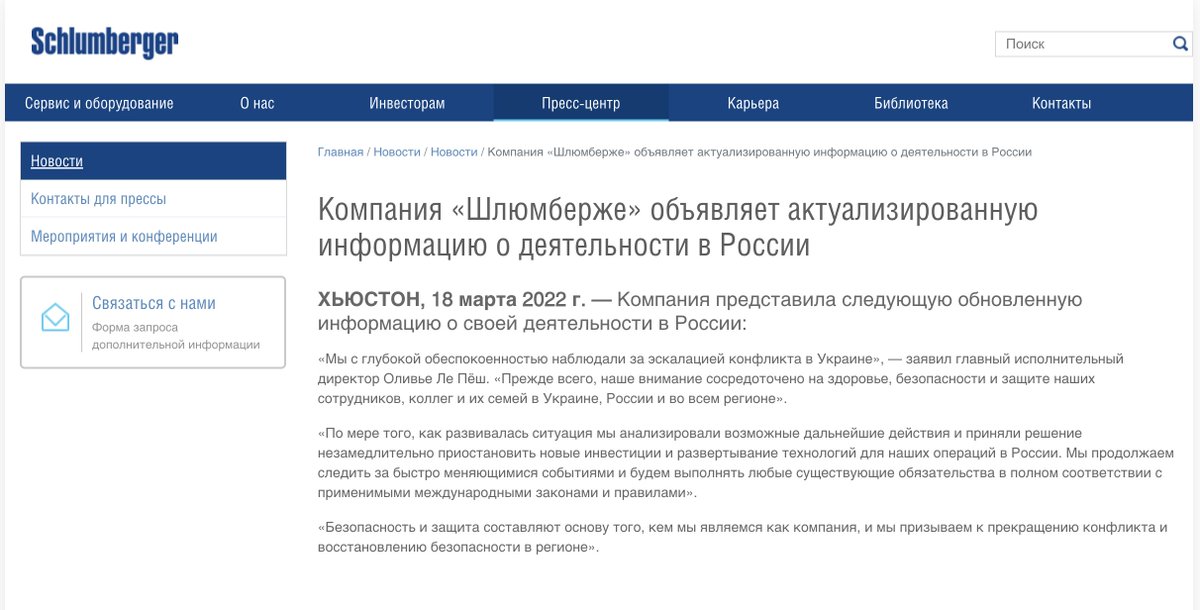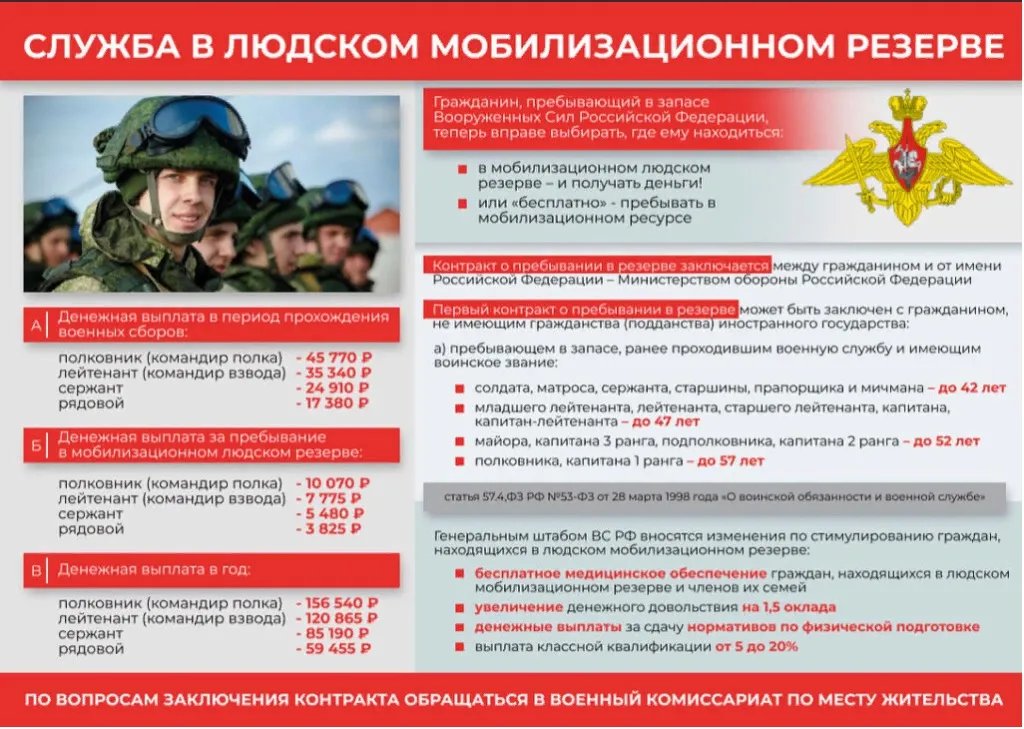A few broad observations on the course of war, based on observations, discussions with officers, soldiers, and analysts, data, and other relevant sources. I will begin with a high-level sociopolitical overview before gradually moving toward operational-tactical level. 🧵Thread:
2/ Overall, the situation for Ukraine has not improved since last year. Ukraine has markedly increased its long-range strike capabilities, which have very tangible effects across Russian society. However, the battlefield initiative remains with Russia, much as it did most of 2024
3/ A plausible Ukrainian "victory" approach can be summarized as: disrupt logistics, degrade the Russian economy, and avoid catastrophic operational collapses. Russia’s apparent approach is simpler: keep pressing until Ukraine exhausts its will or physical capacity to resist.
4/ The principal problem for Ukraine is an uncertainty about what level of domestic pressure inside Russia would change Putin's course. Many in Russia fear that a regime collapse would lead to a civil war, which makes domestic upheaval unattractive for many, including elites
5/ From Russia’s perspective, a long attritional campaign may seem rational: press continuously and wait for Ukrainian manpower and materiel limitations to produce a collapse. That logic is coherent, but it has its problems and uncertainties, just like Ukrainian approach
6/ The tempo of Russian losses and the growing systemic problems within its armed forces mean that even in a best-case scenario for Moscow there is no obvious pathway for a rapid advance to Kyiv. Russia faces a classic sunk-cost dilemma, with the costs of war outweighing gains.
7/ On the battlefield itself, Russia currently holds an advantage in drone employment on operational level. Their drone units are effectively used to cut off logistics, prevent rotation, and create localized conditions favorable to advances by ground formations.
8/ Russia’s drones now influence the battlefield at the operational level, while Ukraine’s more efficient systems remain largely tactical. A Ukrainian team may destroy Russian troops, but Russia’s broader drone network focuses on severing logistics of the entire force grouping
9/ Russia is seeing a sharp rise in AWOL and desertion cases compared with previous years. However, its efficiency in tracking, returning, and punishing deserters helps contain the overall impact.
10/ Ukrainian society is different, and harsh punitive measures would likely provoke serious internal resistance. Instead, efforts focus on improving conditions to reduce AWOL and desertions. In my view, however, the situation has passed the point where enforcement can be avoided
11/ Ukraine has resumed forming so-called “ghost brigades,” which are often undermanned, underequipped, and plagued by AWOLs, existing mostly on paper while consuming resources. At the same time, there are positive examples of Unmanned Forces expanding rapidly and effectively.
12/ Ukraine’s plan to inflict damage on Russia, showcased by an effective long‑range drone campaign, is realistic, but it must be paired with a successful defense that avoids operational collapses. Absent corrective measures, ongoing infantry shortages can lead to such failure
• • •
Missing some Tweet in this thread? You can try to
force a refresh










